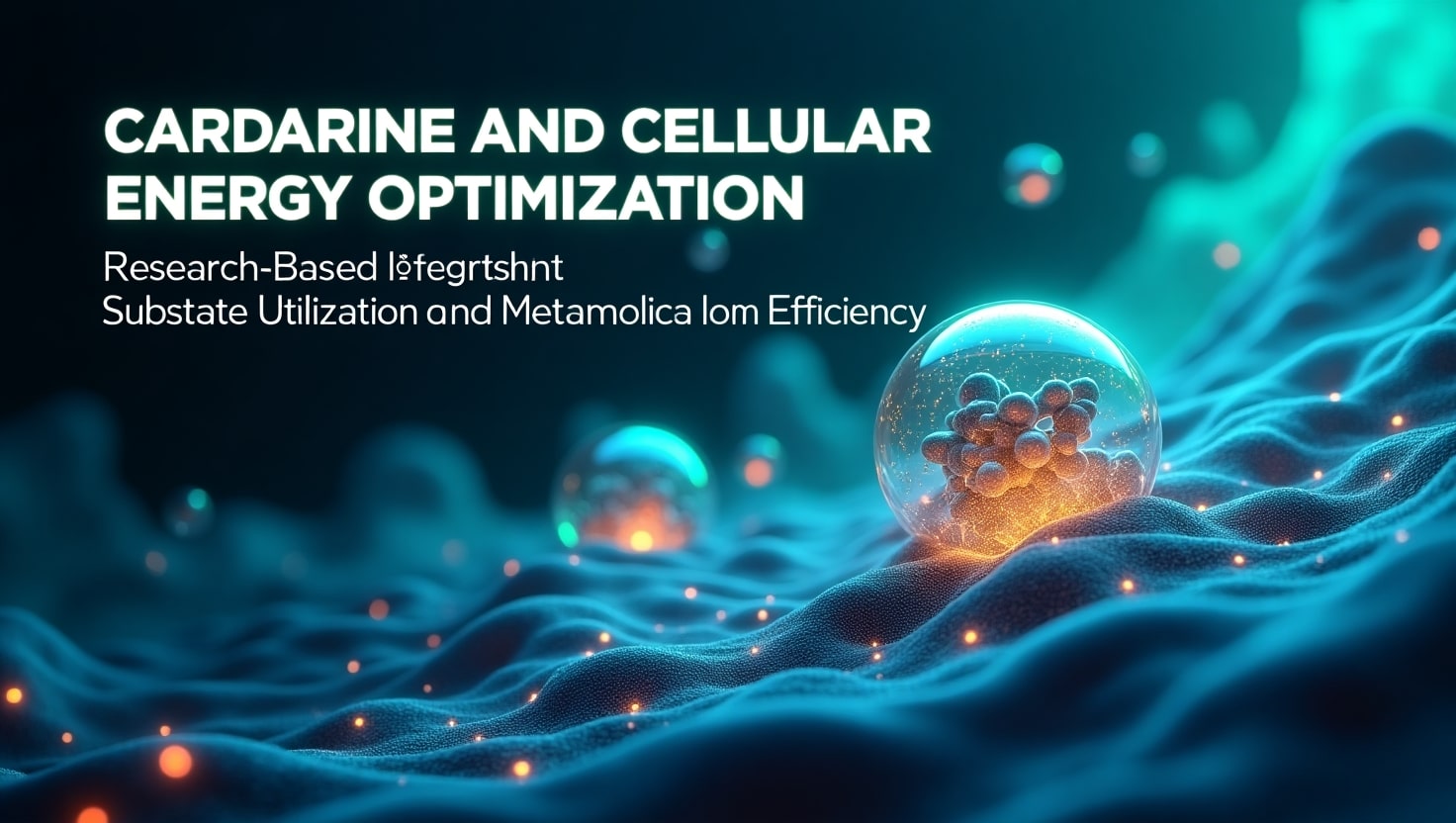PPARδ Activation and Energy Substrate Shifting
Cardarine, known scientifically as GW-501516, functions primarily through activation of the peroxisome proliferator-activated receptor delta (PPARδ). This nuclear receptor plays a pivotal role in regulating the genes responsible for energy balance, lipid transport, and oxidative metabolism. When activated, PPARδ promotes a metabolic shift toward fatty acid oxidation, thereby improving cellular fuel efficiency and reducing reliance on glucose for ATP production.
Through this modulation, Cardarine has been shown to upregulate pathways such as CPT1 (carnitine palmitoyltransferase 1) and FAT/CD36, both of which facilitate the mitochondrial uptake and oxidation of long-chain fatty acids. These enhancements lead to more sustained energy production, particularly under conditions of physical exertion or metabolic stress. As research demands increase, laboratories are seeking Cardarine for sale from verified suppliers for use in controlled investigations into mitochondrial function and endurance physiology.
Impact on Skeletal Muscle Endurance and Glucose Sparing
In skeletal muscle tissue, GW-501516 significantly increases the expression of genes linked to slow-twitch (type I) muscle fibers, which are highly oxidative and fatigue-resistant. This fiber-type shift is associated with enhanced endurance capacity, as muscles become more efficient at sustaining prolonged activity through lipid metabolism rather than glycolytic pathways.
Experimental studies in rodent models have demonstrated that GW-501516 administration boosts time-to-exhaustion metrics, suggesting improved fuel partitioning and reduced lactate accumulation. The glucose-sparing effect seen with Cardarine is particularly relevant in models of type 2 diabetes, metabolic syndrome, and athletic performance enhancement. These findings have spurred interest among researchers looking to buy Cardarine online for further mechanistic analysis and translational applications in metabolic disease research.
Lipid Profile Improvements and Hepatic Metabolism Modulation
Cardarine’s influence extends beyond skeletal muscle into hepatic tissues, where it modulates lipid homeostasis and insulin sensitivity. By activating hepatic PPARδ, GW-501516 reduces hepatic steatosis, enhances fatty acid oxidation, and decreases de novo lipogenesis. These effects are mediated through the upregulation of genes such as ACOX1 (acyl-CoA oxidase 1) and PDK4 (pyruvate dehydrogenase kinase 4), which reroute metabolic flux away from glycolysis.
This dual impact—improving hepatic lipid turnover while enhancing peripheral fatty acid utilization—makes Cardarine a key candidate for studying non-alcoholic fatty liver disease (NAFLD), dyslipidemia, and metabolic adaptation in high-fat diet models. Researchers evaluating best SARMs for cutting often compare Cardarine’s lipid metabolism profile against other non-anabolic research compounds due to its clean, endurance-focused benefits without direct androgen receptor activity.
Cellular Energy Efficiency Through Mitochondrial Remodeling
At the cellular level, GW-501516 stimulates mitochondrial biogenesis and boosts oxidative phosphorylation. This is achieved via activation of downstream transcription factors such as PGC-1α (peroxisome proliferator-activated receptor gamma coactivator 1-alpha), which coordinates the transcription of mitochondrial DNA and oxidative enzymes. As a result, treated cells show increased mitochondrial density, ATP generation capacity, and resilience to metabolic stress.
Additionally, Cardarine enhances the expression of UCP3 (uncoupling protein 3), which can mitigate reactive oxygen species (ROS) production during high-intensity metabolic states. The coordinated remodeling of mitochondrial pathways contributes to sustained energy availability, decreased oxidative damage, and improved cellular health in preclinical models.
Conclusion: Cardarine as a Metabolic Modulator in Cellular Energy Research
Cardarine stands as a uniquely potent modulator of energy metabolism, offering precise control over fatty acid oxidation and mitochondrial efficiency. Its effects span multiple tissues, making it a versatile tool in the study of endurance, obesity, insulin resistance, and mitochondrial disorders. As more scientific institutions investigate the molecular and physiological roles of PPARδ activation, GW-501516 remains a cornerstone compound in the field of metabolic research.
By enhancing substrate flexibility, improving energy partitioning, and supporting oxidative balance, Cardarine continues to shape the scientific understanding of cellular energetics and performance adaptation.






Keine Kommentare
Kommentar verfassen Cancel